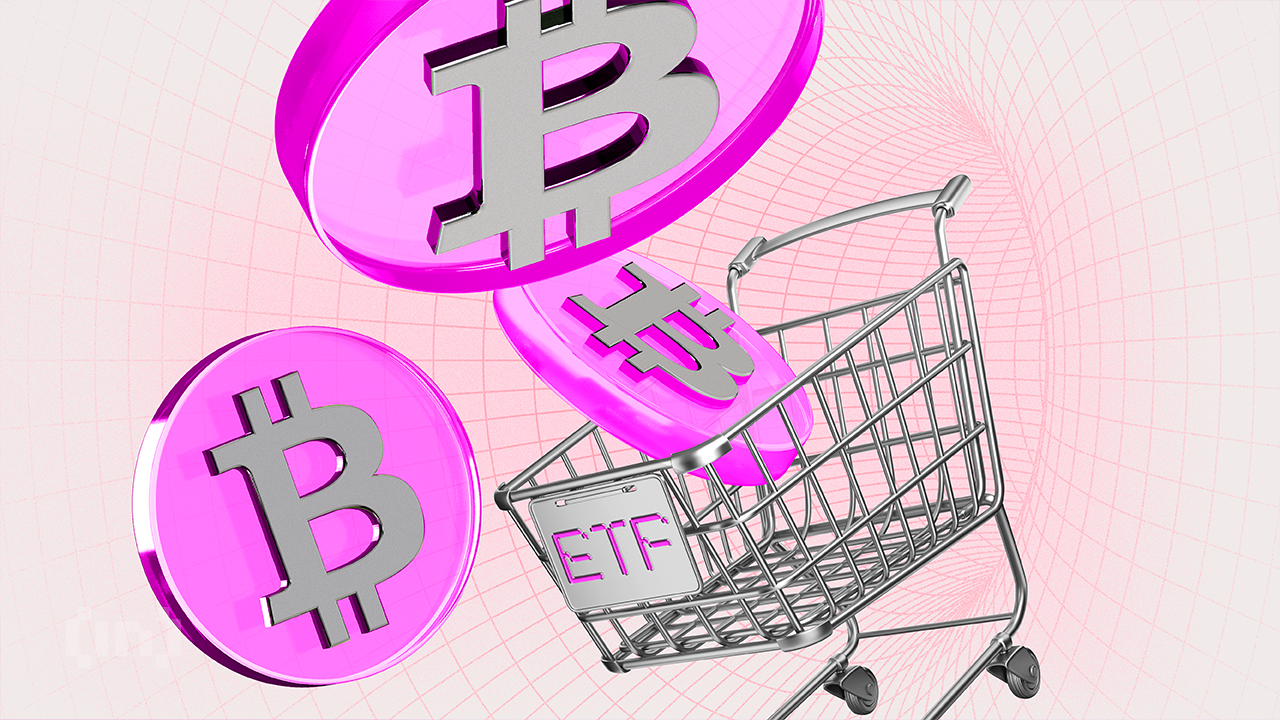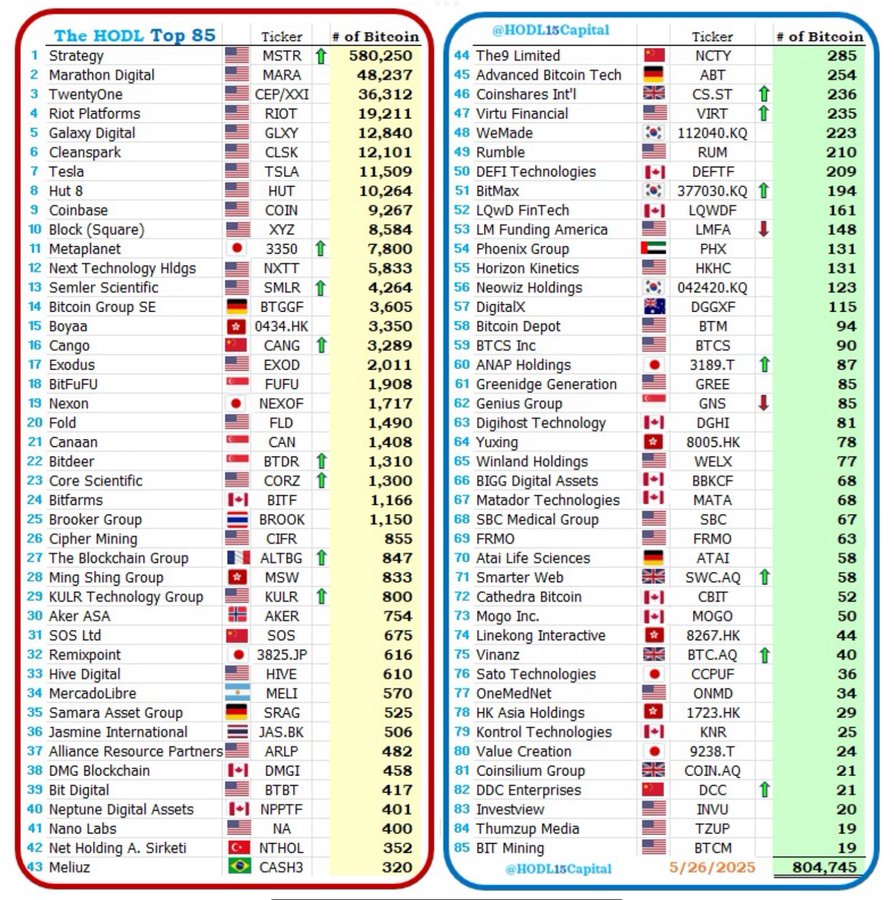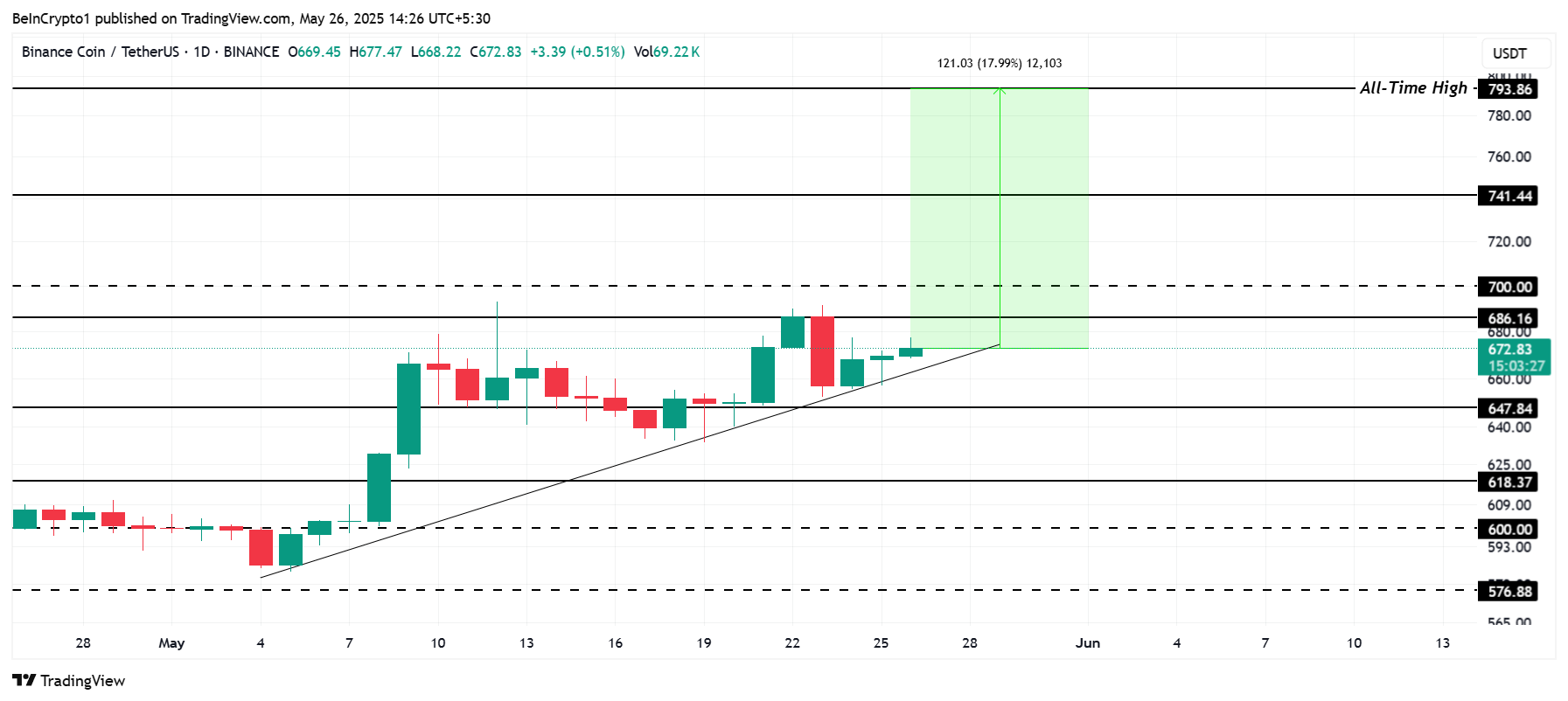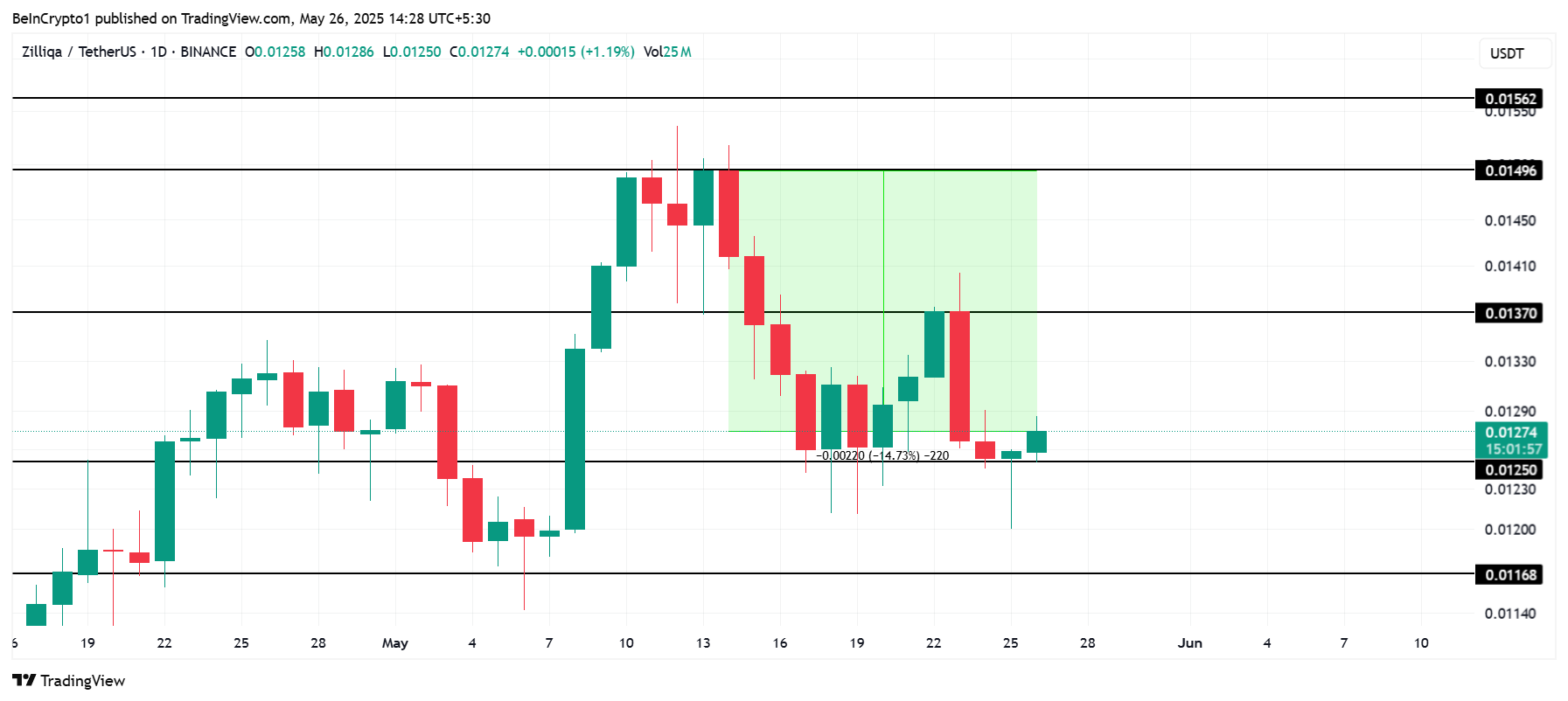On Tuesday, institutional investors continued to pour capital into spot Bitcoin ETFs, marking the eighth consecutive day of inflows.
Total net inflows across all US-listed Bitcoin ETFs exceeded $170 million for the day, reinforcing the bullish sentiment that has gripped the market since last week.
Bitcoin ETFs Log 8th Straight Day of Inflows
Yesterday, BTC-backed funds posted another net inflow, totaling $172.78 million. This signaled sustained confidence in the asset class.

BlackRock’s iShares Bitcoin Trust (IBIT) once again led the pack, recording the highest daily inflow among all issuers. On Tuesday, the fund recorded a daily net inflow of $216.73 million, bringing its total historical net inflow to $42.39 billion.
IBIT has consistently dominated in recent sessions, reflecting BlackRock’s influence in the crypto ETF space and sustained institutional trust in its offerings.
Meanwhile, Bitwise’s spot Bitcoin ETF (BITB) recorded the highest net outflow among all issuers on Tuesday, with $24.39 million exiting the fund. Nevertheless, BITB’s total historical net inflows remain strong at $2.05 billion.
Leverage Cools in the Bitcoin Market
Open interest (OI) in the Bitcoin futures market has seen a modest decline today. This suggests a degree of cooling among leveraged positions, as some traders are closing out positions.

It stands at $61.81 billion at press time, plunging by 3% over the past 24 hours. During that period, BTC’s price noted a 1% uptick.
When an asset’s price rises while open interest falls, traders take profits or de-risk, suggesting caution despite the uptick. This trend points to a lack of conviction in BTC’s rally, with fewer participants willing to take on new leveraged positions.
However, broader market sentiment remains optimistic. BTC’s funding rate is currently at 0.004%, indicating that long positions are still willing to pay to maintain leverage.

The funding rate is a periodic payment between long and short traders in perpetual futures contracts, used to keep the contract price aligned with the spot market. When the funding rate is positive, longs are paying shorts, indicating that more traders are betting on the price going up, a sign of bullish market sentiment.
Moreover, the increase in call option volume suggests that traders are positioning for further upside in the coin’s price.
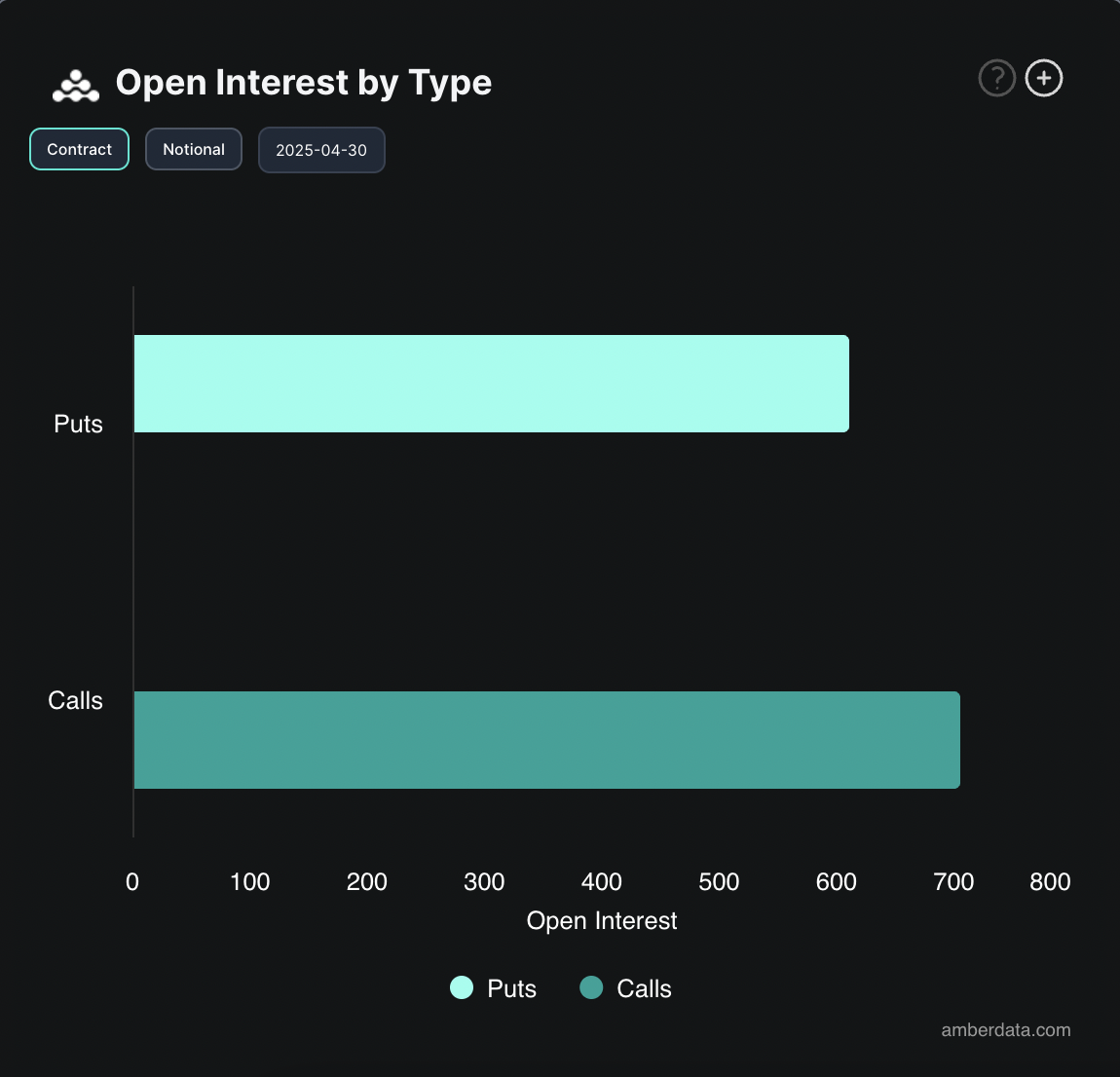
While derivatives activity shows minor signs of uncertainty, the persistent inflows into spot Bitcoin ETFs point to a market still leaning bullish in the near term.
The post Investors Pour Into Bitcoin ETFs for 8th Straight Day | ETF News appeared first on BeInCrypto.

